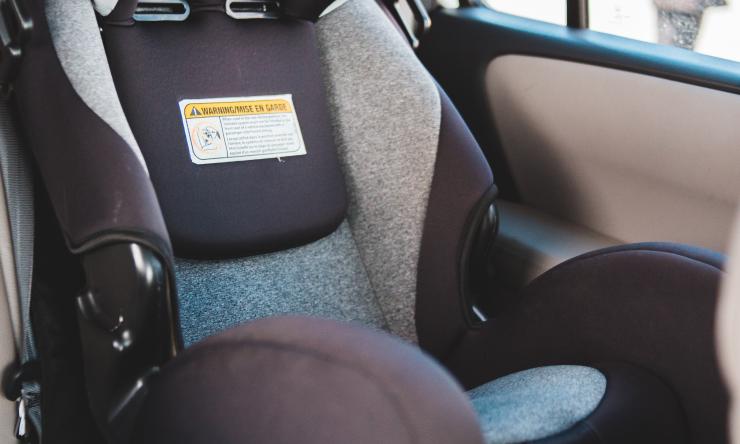Buckle up your family safely
The next time you load your family into the car, be sure first that you are up to date on your car seat safety. A pediatric emergency medicine expert at Baylor College of Medicine explains what you need to keep your children safe in the car at any age.
“Ensuring children are properly buckled on every trip can be lifesaving,” said Dr. Katherine Leaming-Van Zandt, associate professor of pediatrics – emergency medicine at Baylor and medical director of the Texas Children’s Hospital West Campus Emergency Center. “CDC data shows that car seat use reduces the risk for injury in crashes by 71-82% for children, compared with seat belt use alone. Booster seat use reduces the risk for serious injury by 45% for children ages 4-8, compared with seat belt use alone.”
Benefits of rear-facing car seats
The safest way for infants and toddlers to ride is in a rear-facing car seat in the back passenger seat of the car. A rear-facing car seat better supports the head, neck and spine and will absorb most of the force in the event of a crash, Leaming-Van Zandt said.
“When children ride forward-facing, their heads, which for toddlers are disproportionately large and heavy, can be thrown forward during a crash, possibly increasing the risk for spine and head injuries,” said Leaming-Van Zandt. “There are no known harmful effects of riding rear-facing, while the benefits of doing so have been observed for years.”
Children should be in a rear-facing seat until they reach the car seat’s weight and height limits, which usually includes all children under 2 years of age. Bigger, rear-facing convertible car seats can accommodate children when they outgrow an infant car seat. Once your child reaches the weight and heigh limits for a rear-facing convertible seat, they can safely use a front-facing car seat with a 5-point harness and top tether. The American Academy of Pediatrics outlines general guidelines for when to make the transition.
“Don’t be in a rush to transition your child out of his or her car seat,” Leaming-Van Zandt said. “Car seats are designed to ensure your child’s safety at a specific weight and height, so check with the manufacturer for your seat’s limits.
It’s also important to remember that just like the food in your pantry, car seats do have an expiration date. Leaming-Van Zandt reminds parents to look for the label noting the date the seat was made, and check with the manufacturer to find out how long it recommends using the seat. If your car seat has expired, be sure to dispose of it responsibly. Take it apart and put the pieces in separate dark trash bags to prevent someone else from using it, Leaming-Van Zandt said.
Ensure proper seat belt fit
Car seat belts are designed to fit certain parts of your body to protect you during a crash. Leaming-Van Zandt says the shoulder belt should lie across the middle of the chest and shoulder, not the neck or throat. The lap belt should be snug across the upper thighs, not the abdomen. Young children may need a booster seat to ensure the adult seat belt fits in the correct position. When your child is tall enough to sit with their knees bent over the edge of the seat, they can sit without a booster seat, which usually happens between 8 and 12 years of age. All children should remain in the back seat until age 13. At any age and in any seat of the car, it’s important to wear the seat belt correctly.
“Remind teenagers and young adults to not tuck the shoulder belt under his/her arm or back,” Leaming Van-Zandt said. “That leaves the upper body unprotected and adds extra slack to the seat belt, putting your child at risk of severe injury in a crash or with sudden braking.”










